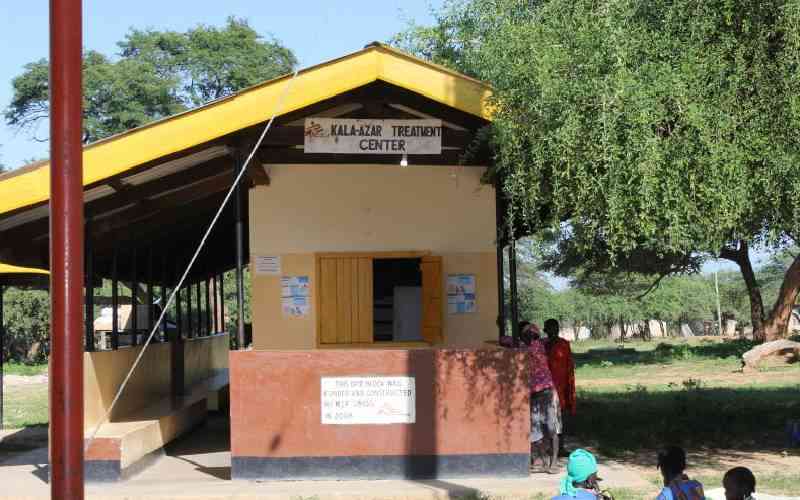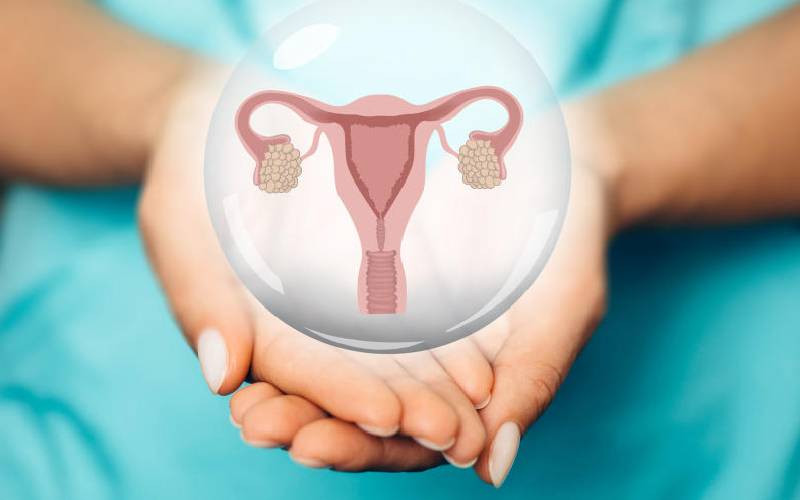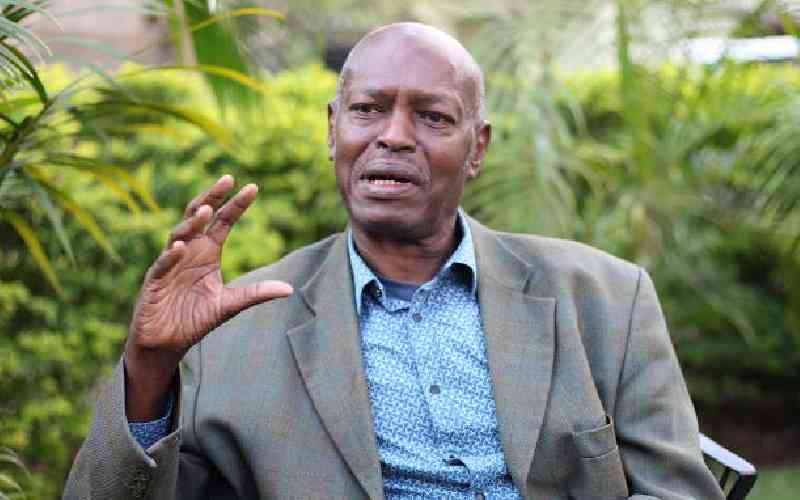
A study to establish occurrence of deafblindness and other sensory disabilities led by Kenya’s premier research institute, began last month.
Lead Scientist Leah Kirumbi from the Kenya Medical Research Institute (Kemri) told The Standard on Sunday that the three-year study that started in June this year, seeks to establish the prevalence of children with deafness, blindness and other sensory loss in four pilot centres. It will involve referrals for early interventions that will minimise impact of the impairment to growth and development of the children.
Titled, ‘Surveillance of Congenital Rubella Syndrome and other Infant Anomalies,’ Dr Kirumbi said the study would screen children between birth and six months old, measuring their sensory abilities at Mbagathi District Hospital, Riruta, Ngong Road and Waithaka health centres.
“The study will introduce interventions for children diagnosed as deafblind.
This will encourage acceptance and integration of children with special needs at the family, school and community levels,” said Dr Kirumbi, who is also the Kemri director for the Centre for Clinical Research.
The study also seeks to establish the magnitude of rubella syndrome in newborns, and further develop a surveillance system to ensure these cases are detected early enough and appropriate assistance given to address the special needs of the child, Dr Kirumbi said, adding that rubella is one of the main causes of deafblindness.
She said a pregnant mother infected with the rubella virus has a 90 per cent chance of transmitting it to her unborn child, causing defects such as deafness, blindness and heart problems. “When a single child gets the disease at birth, it changes their entire life and the effects are felt by all family members.
However, we can prevent it through a single dose vaccine,” Dr Kirumbi said.
She says when senses of hearing and seeing are affected, an individual’s capability to learn is compromised, yet if caught early, there are interventions to ensure ideal learning is achieved. Also known as German measles, the semblance of rubella symptoms to measles recently led to a national public health campaign that targeted children aged between nine months and four years, with health policy experts pushing to include it in the routine national immunisation.
According to Health Principal Secretary Nicholas Muraguri, the national campaign noted an increase in rubella cases confused as measles, creating need for a combined vaccine. “The expansion of access to safe, affordable, effective medicines and vaccines for all through research and development is critical,” said Dr Muraguri.
Globally, and especially in developed countries, the rubella vaccine is part of the routine vaccines administered. Closer home, countries like Rwanda, Tanzania and Ethiopia have taken measures to ensure their citizens access the vaccine. Uganda hopes to do the same next year.
“Measles and rubella are related due to the rash, yet devastating effects of the latter in pregnant women are evident when the child is born with hearing and vision complications,” said Dr Kirumbi.
She said the study team comprises health experts from various disciplines, including eye, ear, nose and throat specialists; occupational therapists and laboratory staff.
The study will enroll about 60 children annually for three years, and involve them in early interventions. It is funded by the Department for International Development through Sense International, an NGO that works with individuals who are deafblind or have associated disabilities.
Stay informed. Subscribe to our newsletter
Though no specific treatment is offered for rubella, the disease is preventable by vaccination given to girls before their reproductive age.
According to WHO, infection with the rubella virus early in pregnancy presents a 90 per cent chance of passing it to the unborn baby.
 The Standard Group Plc is a
multi-media organization with investments in media platforms spanning newspaper
print operations, television, radio broadcasting, digital and online services. The
Standard Group is recognized as a leading multi-media house in Kenya with a key
influence in matters of national and international interest.
The Standard Group Plc is a
multi-media organization with investments in media platforms spanning newspaper
print operations, television, radio broadcasting, digital and online services. The
Standard Group is recognized as a leading multi-media house in Kenya with a key
influence in matters of national and international interest.
 The Standard Group Plc is a
multi-media organization with investments in media platforms spanning newspaper
print operations, television, radio broadcasting, digital and online services. The
Standard Group is recognized as a leading multi-media house in Kenya with a key
influence in matters of national and international interest.
The Standard Group Plc is a
multi-media organization with investments in media platforms spanning newspaper
print operations, television, radio broadcasting, digital and online services. The
Standard Group is recognized as a leading multi-media house in Kenya with a key
influence in matters of national and international interest.










